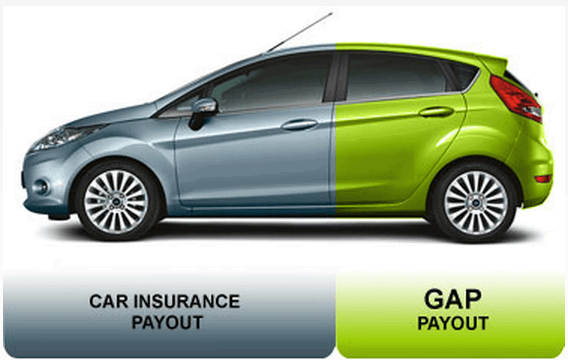What is GAP Insurance? Why do You Need it?
GAP insurance is defined as a form of auto insurance that covers the difference between an automobile’s current market value, and the balance owed on the loan that financed the automobile.
In other words, it covers the “gap” between what the car is worth and what you owe on the car.



Image courtesy of adamgoldfein.com
What are the advantages of GAP Insurance?
If your car is stolen or wrecked while being leased or financed, the insurance company will assess the car at its current market value.
This value is sometimes less than the amount still owed on the car, even though months of payments have already been made.
What is Gap Insurance – Example
As an example, let’s assume that you just bought a new car, which you financed (took a car loan) for $15,000 and then in six months…
… you have an accident and the car was completely destroyed.



Image source: Bigstock
Now, assuming that during the six months in which the car was operational, you made a total of $2,000 in payments.
Now, when it’s time to pay the claim, the insurance company said that they would only give you $12,000, even though you still owe $13,000 on the car loan.
This $1,000 gap between the value of the car (or what the insurance company is willing to pay) and the amount owed will be covered by GAP insurance – that is if you have Gap insurance.
Is GAP Insurance required?
Most banks and car-dealers do not require GAP insurance for the purchase and finance of new and used cars.
The gap between the vehicle’s value and the amount owed is often small or non-existent, and choosing not purchase GAP insurance involves only a small risk.
On the other hand, leasing a car almost always requires GAP insurance.
Despite the fact that a lessee does not own the vehicle, he or she is still responsible for the value of the car in case of accidents or theft.
Because the lessee’s financial commitment to a leased vehicle is very low, the gap between the value of the car and the amount owed on the lease is usually very wide.
GAP insurance protects the person leasing the car as well as the company providing the lease.
AdvisoryHQ (AHQ) Disclaimer:
Reasonable efforts have been made by AdvisoryHQ to present accurate information, however all info is presented without warranty. Review AdvisoryHQ’s Terms for details. Also review each firm’s site for the most updated data, rates and info.
Note: Firms and products, including the one(s) reviewed above, may be AdvisoryHQ's affiliates. Click to view AdvisoryHQ's advertiser disclosures.



